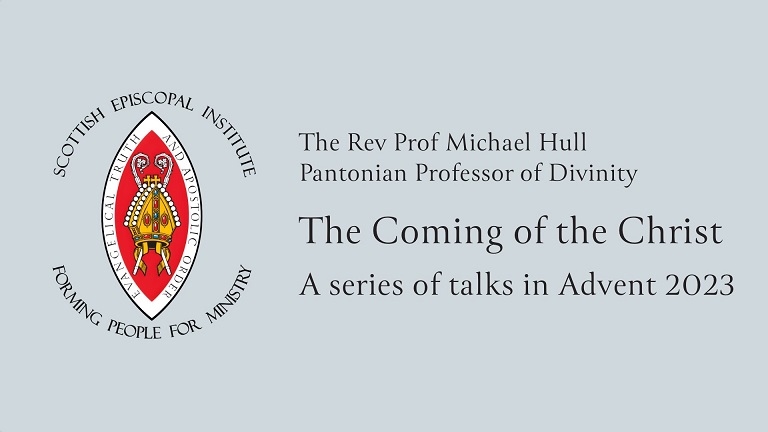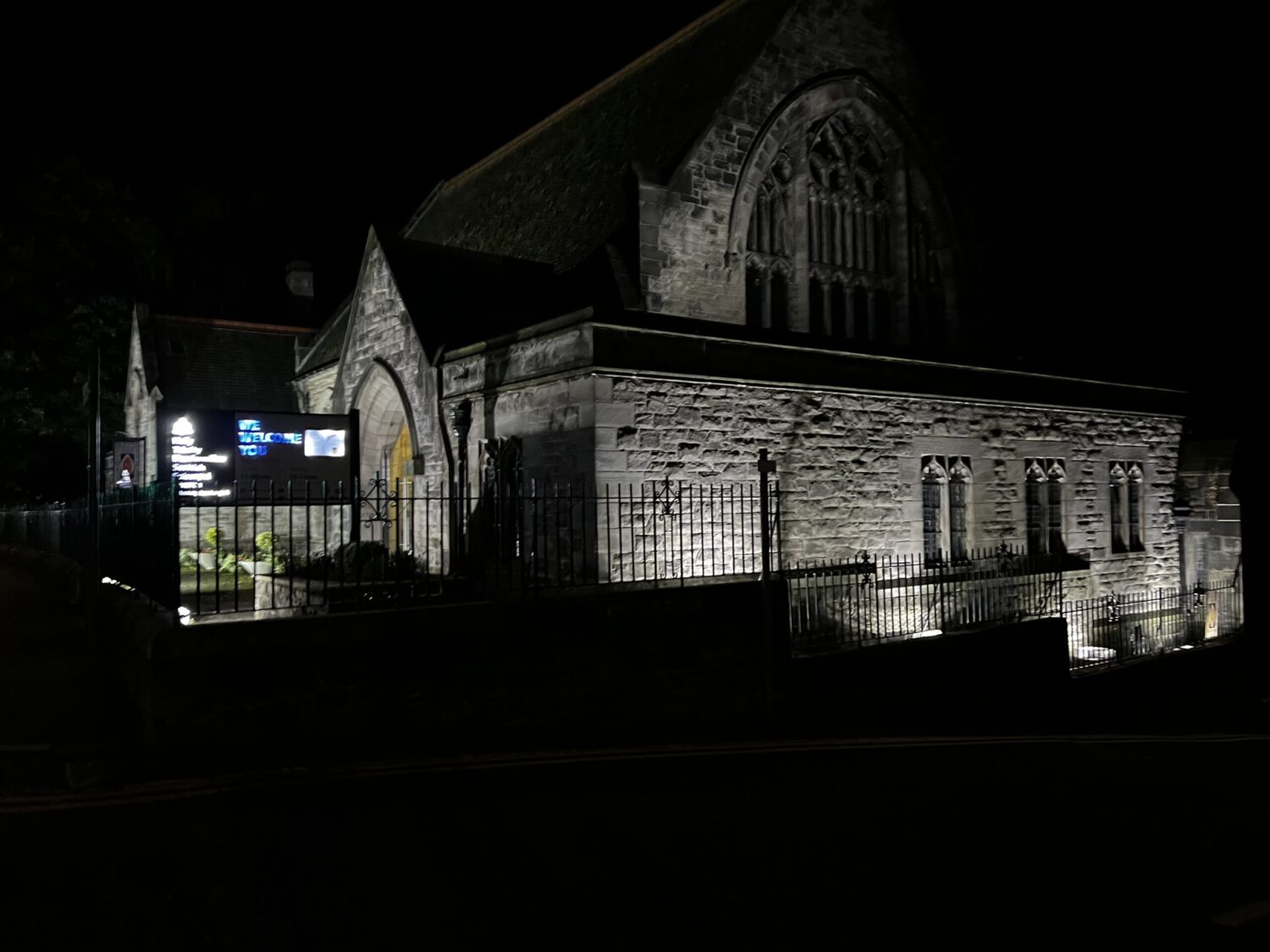As we observe Advent and Christmas in the twenty-first century, it is worth reviewing a first-century Christian take on the coming of the Christ by rereading some of Christianity’s oldest texts, particularly the Gospels. If we lament Christianity’s waning in a post-Christian age, it is worth asking what Christians projected in a pre-Christian age. What did our forebears in the faith think about the coming of the Christ before the disciples were called ‘Christians’ (Acts 11.26)?
This Series considers this question in three parts. First, what Jesus means when he says that he has come down to earth from heaven (Jn 6.38). On the one hand, the coming of the Christ had been anticipated in Judaism for centuries; on the other hand, the first Christians had to interpret the Old Testament to read the signs of their times. Second, Jesus tells us he came to save the world (Jn 3.17). The coming of the Christ, in what St Paul calls ‘the fullness of time’ (Gal. 4.4–7), inaugurates a series of events yet unfinished until the Christ comes again ‘that God may be all in all’ (1 Cor. 15.28). Third, Simeon prophesies bewilderingly about the Christ child. Whilst Simeon rejoices in the salvation wrought in the Christ, who is ‘revelation for the Gentiles’ and ‘glory for Israel’, he discloses that the baby Jesus is ‘a sign of contradiction’ (Lk. 2.25–36).
The Series is offered on the Mondays of Advent 2023 at 7pm (GMT) on YouTube as a resource for individuals or groups to use creatively during the Season of Advent.
Presenter: Rev Canon Prof Michael Hull, Principal and Pantonian Professor of Divinity, Scottish Episcopal Institute.
1. The Christ: God come down to earth (Monday 4 December 2023)
2. The Christ: God come to save us (Monday 11 December 2023)
3. The Christ: A sign of contradiction (Monday 18 December 2023)
The Series is free and open to all. Register here. Or get the links directly from Prof Hull at gro.nacilgna.dnaltocsnull@lapicnirp


